
Sports
Bobsleigh
Bobsleigh
Bobsleigh is a Winter sport which Teams make timed runs down narrow, twisting, banked, Ice tracks in a gravity-powered sled. Runs starts with a standing start, then the crew pushes the sled for up to fifty meters before boarding steering is not necessary until the sleigh exits the starting area, prior to this the Runners follow grooves in the Ice for this distance.
Races can be lost in the initial push of the race. Over the rest of the course, the sleigh's speed depends on its weight, aerodynamics, runners, condition of the ice and the skill of the driver.
Any error can have a significant impact on the final race standings as the sleds can go so fast that the race times are measured in hundredths of seconds even small errors make for small decreases in speed and commensurate increases in time.
Because any decrease in speed affects the sleigh for the remainder of the course, errors made high on the track will have a greater effect than those made closer to the finish.
Each run down the course in competition is referred to as a heat. The men's and women's standing for normal races are calculated over the aggregate of two runs or heats.
List of disciplines
- Bobsleigh
- Skeleton
Although the sled has been around for centuries as a mode of transportation, the sport of bobsleigh didn't begin until the late 19th century when the Swiss attached a steering mechanism to a toboggan.
In 1897, the world's first bobsleigh club was founded in St. Moritz, Switzerland, spurring the growth of the sport in winter resorts throughout Europe. By 1914, bobsled races were taking place on a wide variety of natural ice courses.
The first racing sleds were made of wood but were soon replaced by steel sleds that came to be known as bobsleighs, so named because of the way crews bobbed back and forth to increase their speed at the start.
In 1923, the Fédération Internationale de Bobsleigh et de Tobogganing (FIBT) was founded and the following year a four-man race took place at the first ever Olympic Winter Games in Chamonix, France.
A two-man event was added at the 1932 Olympics in Lake Placid, U.S.A., a format that has remained to the present. By the 1950s, the sport as we know it today had begun to take shape.
As the critical importance of the start was recognized, strong, fast athletes in other sports were drawn to bobsledding. Track and field competitors, rugy players, gymnasts and others who had strength and could deliver a vigorous push at the start were much sought after.
In 1952, a critical rule change limiting the total weight of crew and sled ended the era of the super heavyweight bobsledder and sealed the future of the sport as an athletic contest of the highest caliber. More athletic crews went hand-in-hand with advances in sleds and tracks.
Today, the world's top teams train year-round and compete mostly on artificial ice tracks in sleek high-tech sleds made of fiberglass and steel. Two-man women’s bobsleigh became part of competition program at Salt Lake City in 2002.
Bobsleigh Skeleton is a combination of agility, speed and power to move the sled, the Skelenton is pushed by grassping the handles on either side of the sled to about 50 meters before diving onto the sled and lay with stomarch on the sled.
The athelet moves at high speed of about 135 km down the track and steers the sled by the shift of his shoulders and partial feet contact which could be costly if excess or not enogh is aplied and this will cost vauable time.
The Skelenton is a single individual participant game. on the bobsleigh which has two to four athelet in in defrent events.
Related links
Sports Committee
The Sports Committee consist of one Chairman and a minimum of five members. The Chairman, nominated by his NOC, will be elected by the GA, while the Members preferably representing the 5 zones of t...
Sports and Environment Committee
The Sports and Environment Committee consist of One Chairman and Five Members. The Chairman, nominated by his NOC, will be elected by the GA, while the Members preferably representing the 5 zones o...
Sports for All Committee
The Sports for All Committee shall consist of One Chairman and Five Members. The Chairman, nominated by his NOC, will be elected by the GA, while the Members preferably representing the 5 zones of ...
Sports Federations
-

International Federation
International Bobsleigh and Tobogganing
